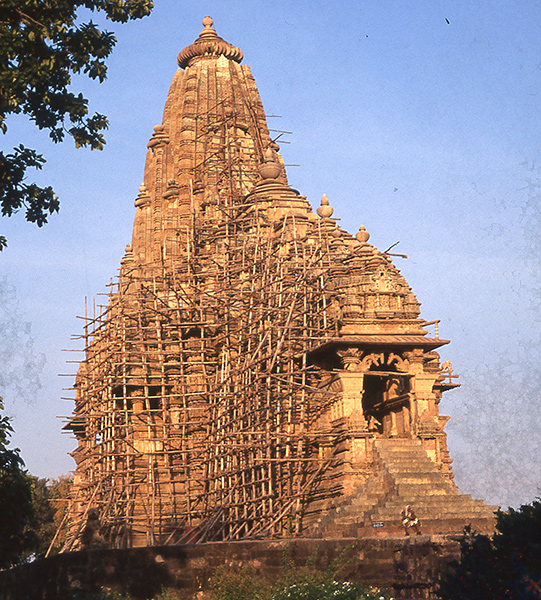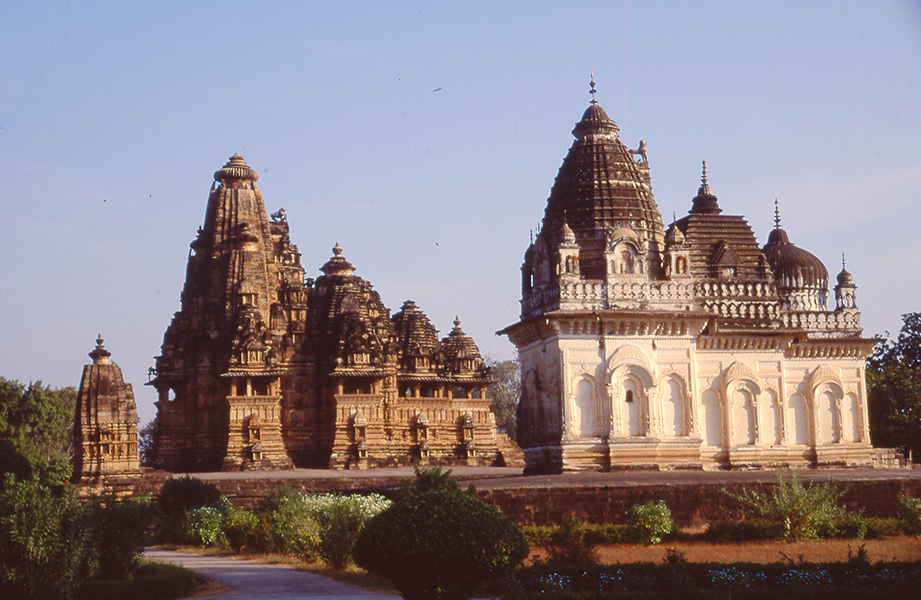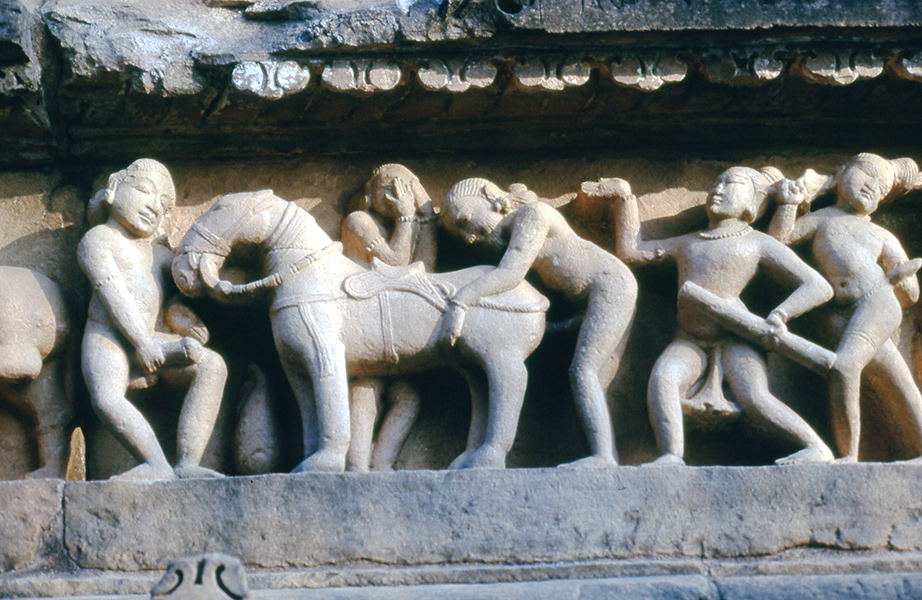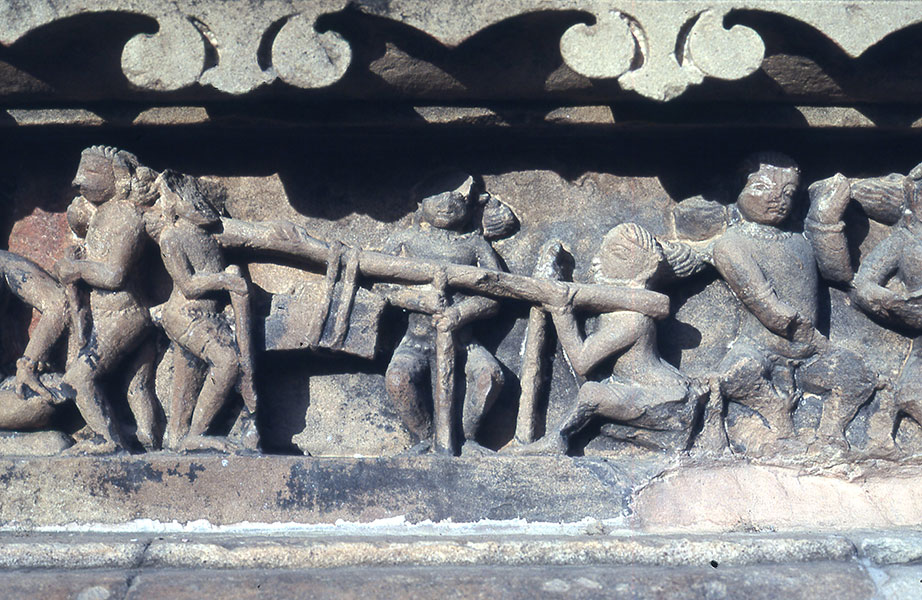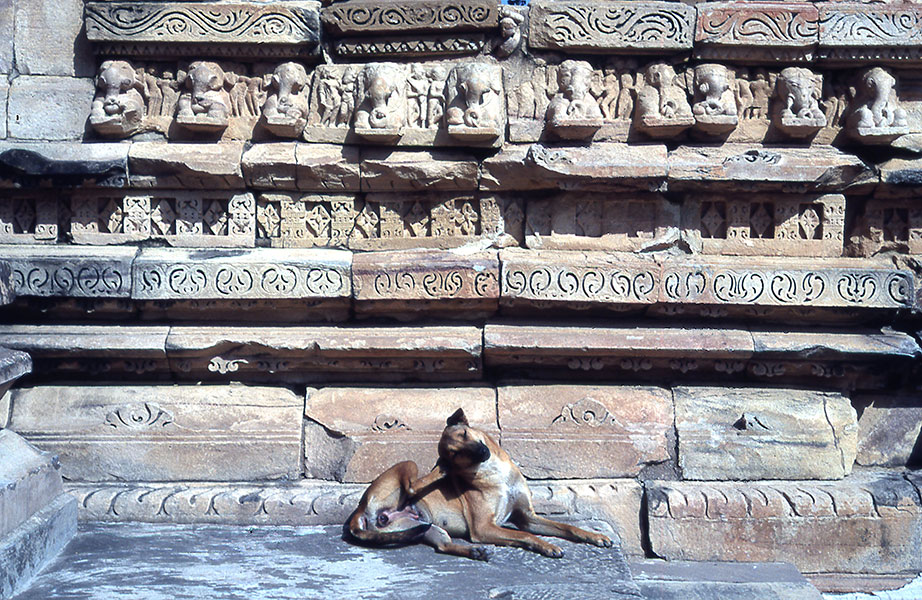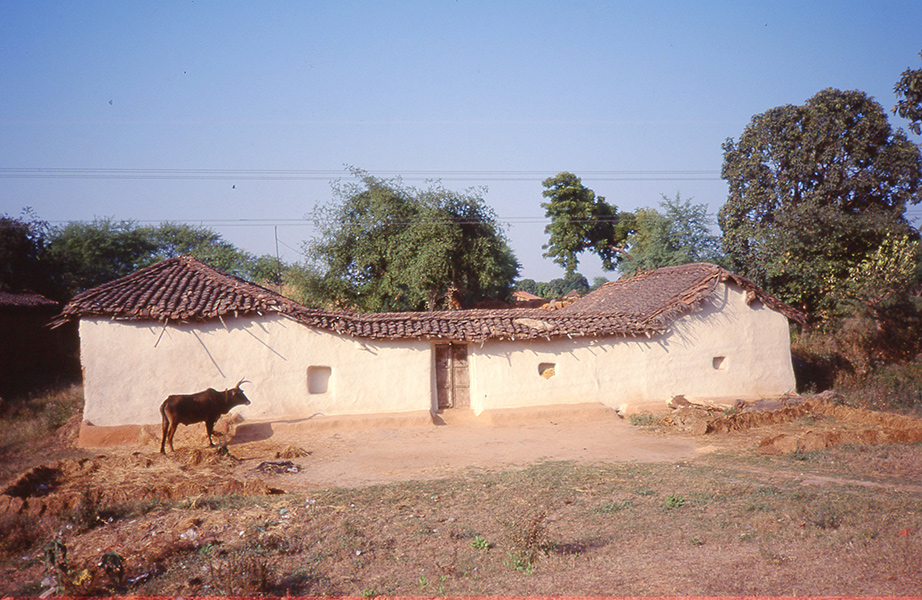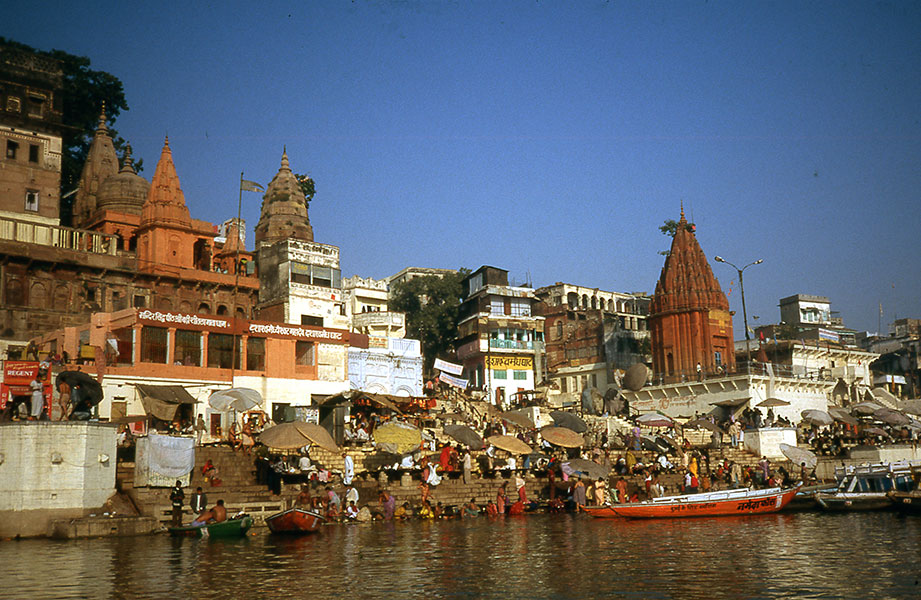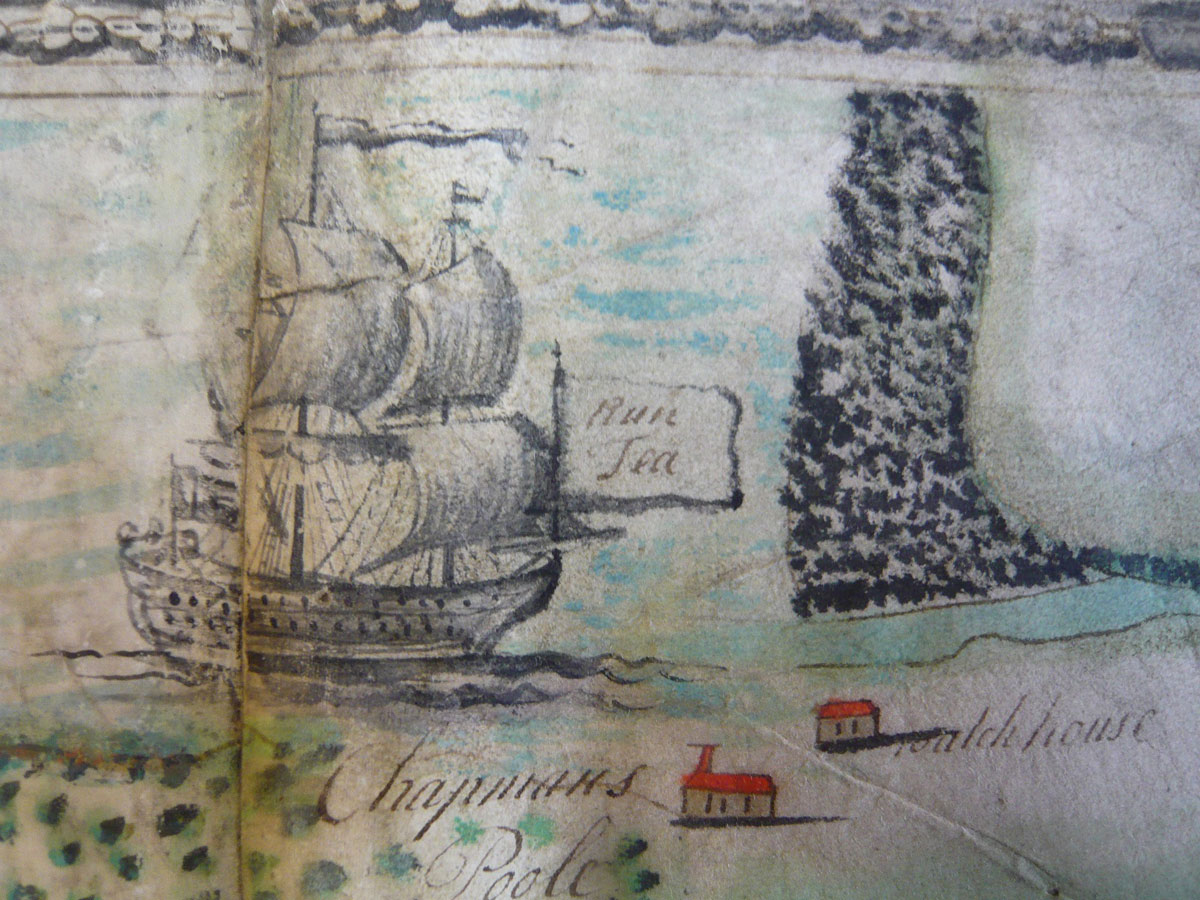72. A Purbeck Diversion, Then Back To Saucy Khajuraho
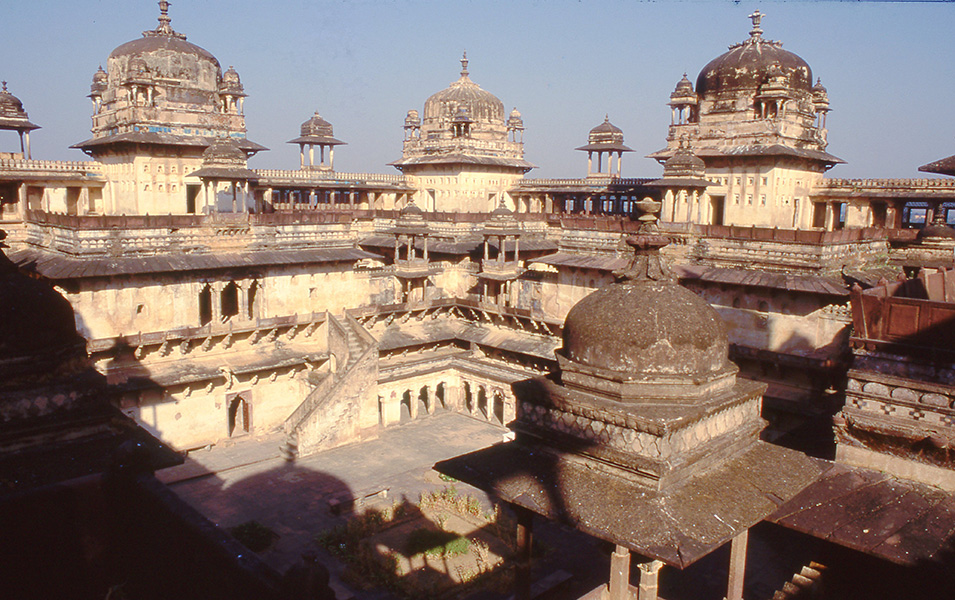
71. Where Was I? Orchha And Onward
March 4, 2023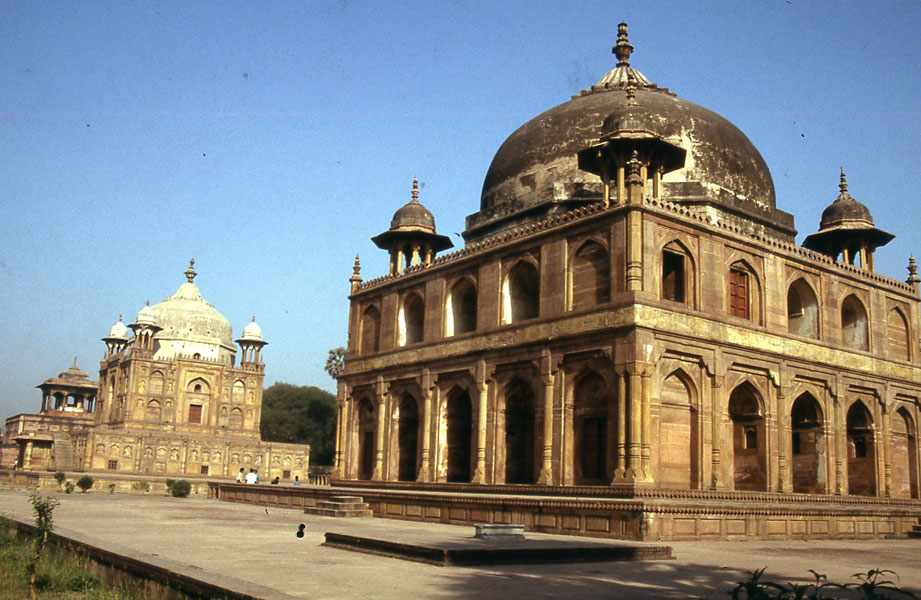
73. Poison And The Holy Land
May 4, 2023T hings happen in Purbeck. Usually not big enough merit a whole thousand-word essay, but things, nevertheless. Between you and me an 80th birthday slipped by. I didn’t plan to celebrate, but the combined pressure of a friend and a relative succeeded: they’d arrange it and I’d foot the bill. In the big room at the Square and Compass they did us proud. Relatives came.
I’d been after a desk - not had one since school. My aunt offered my mother’s old one: I asked niece Diana to bring it, despite knowing it was impractical. Pretty, little, it was fine for hand-written letters, not for the laptop age. Luckily, Diana’s daughter fancied it. Meanwhile, a friend found one advertised - not far away and FREE. Amazingly, after 3 days posted, it had not gone. I phoned Dave (we were waiters together in the sixties) to ask if he knew someone with a van. Asking the measurements, he reckoned it would fit in his taxi, so we picked it up.
That was a happy scene. Half a century ago the desk had been a 21st present; now it took up space. The owner, guessing any taker would sell it, was pleased that it would be loved, used, and Dave refused his fare: both got an unsolicited book. It is perfect and, looking up, the view down the valley stretches before me. Today is grey and raining, but what else makes the perfect days wondrous?
Gloomy news came fast: 200 barrels of oil-rich reservoir fluid had leaked from a local oil well into Ower Bay. Purbeck is a major source of on-shore oil in Europe…if we are still in Europe? Apparently ‘oiled birds have been spotted’. That reminds me of primary school; nuns explaining the difference between Mortal Sin (straight to Hell) and Venial Sin (delays on the way to Heaven). Mortal sins, really naughty, made my whole soul black and needed laundering by a Bishop. Venial sins just spotted it, which Confession sorted. No amount of venial spots could combine into mortality. A wise child, I soon forgot which was what and, older, was surprised that anyone took such nonsense seriously. Each vocabulary of flaws is thrust into our innocence: there are no punishments.
Those spotted birds were equally innocent. It wasn’t like January 1961, when an Esso Tanker and a small Russian ship, Mogilev collided in Poole Harbour. We didn’t forget Russian faults then. The resulting oil spill was Mortal Sin big time. Three of us, Robert Smith, Richard Verge and I, school-fellows who had taken to looking after oiled birds, cycled there. A rich variety of thickly-oiled wintering birds, dead and alive, lay along the shore. We collected the washable ones, including a Great Northern Diver, Great Crested and Black necked Grebes, shelduck, scoter – even a little, delicate Purple Sandpiper. That didn’t last long: it irritated the diver, which disposed of it in one peck.
There was an attempt to record the magnitude of the disaster. Was it the Dorset Naturalists’ Trust (as it then was) that, to avoid duplication, issued us with scarlet nail-varnish to mark birds as they were counted? Does that record survive? Not many of the birds did.
*
But back to the bicycle: Khajuraho remains a major tourist attraction, an isolated collection of fine, heavily-carved tenth and eleventh century temples. It had been capital of the Central Indian Chandella dynasty. Muslim iconoclasts, thorough in destroying the religious buildings of any faith but their own, had overlooked it. By the time the Christian British found it, their urge for iconoclasm had given way to Victorian conservation. Of course, the sculpture was worrying, rich in riotous sexuality. Visitors gulp on occasion, tut-tut to one another before slyly seeking out the position most to their taste. The guides warn you: this was certainly no place for a lady. But, even for the purest, the masons’ work is extremely fine, lotuses with free-standing petals, delicate hand gestures, intricate mythical beasts.
I spent a couple of days wandering, speculating. The distances were enough to make the cycle useful. I never carried a camera: it obscured one’s power of observation, always regretted not learning to draw. No school attempted to teach the basic skills, so I left assuming that drawing was too difficult. My only school prize was ‘For Effort’ - not expended on art.
There were cheap eating places for the young budget folk to meet each other of an evening, exchanging stories and spliffs (they were ‘joints’ then). They offered company exploring the temples. On the way to breakfast before leaving, a dog was having a fit in the Circuit House garden, lying back in convulsions. No one paid any attention. Was it rabies? A Canadian passed me a piece of paper two tabs of ‘acid’ outlined in biro, then back on the road in a mood of lethargy and loneliness, a depression intensified by the final 20km of rough track. At Mahoba the first dharamshala was full, but at another a friendly sadhu provided a good room. In a rough dhabba I was joined by Sunil, there with a wedding party. Back in the room, he interrogated until late: how he should get to America?
Still washed out when leaving, by midday, just as it was all getting too much, the road crossed a clear river. There, women were washing clothes. I joined the men bathing. They hardly seemed to notice. As I crouched to shave, a beautiful scarlet dragonfly cruised by, its red-based wings darkening to black at their tips. There were frogs, too, jumping from the water when I swam. Purified, revived, back to the road.
The battered map, indicating Badausa as a fair distance to cover, failed, ignoring fair-sized Atarra while marking tiny Badausa beyond. There was nowhere to stay. An old man let me sleep outside his house, brought food. It was a hot, mosquito-filled night, but I must have slept because my sun glasses had been nicked by morning. Did he take them in exchange for supper? It would be a while before the new owner learned that his ‘foreign goggles’ were cheapest Indian!
Leaving, I felt a scrap of paper in a shirt pocket. Nothing written – only a couple of circles – so I chucked it. Later, it made sense. Indian cattle eat waste paper. Did one have a wild trip on those tabs of acid?

